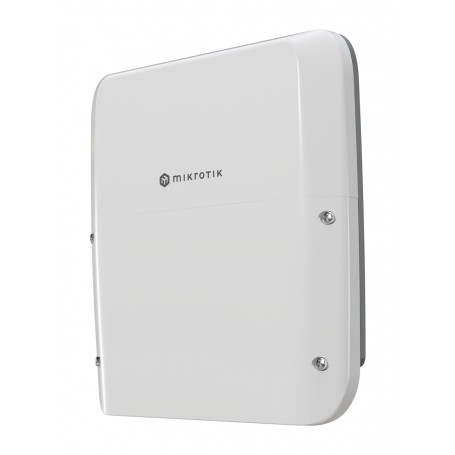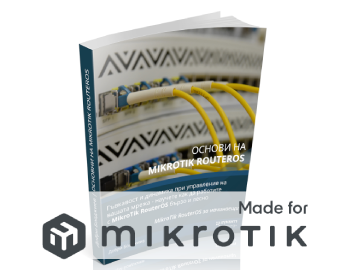MikroTik RB5009UPr+S+OUT
An outdoor version of our best-selling heavy-duty PoE router. Extensive power redundancy for the best price! 7x Gigabit Ethernet ports, 1x 2.5 Gigabit Ethernet, 10G SFP+, 1GB of RAM, 1GB NAND, modern quad-core CPU, 9 (!) powering options, durable IP66 waterproof enclosure.
Description
Adding an IP66-rated waterproof enclosure to the RB5009 series allowed us to meet all the requirements! The brand new RB5009UPr+S+OUT is a compact, cost-effective solution that will revolutionize your network tower setups. You’re getting one of the most powerful outdoor networking devices for the best price on the market!
Like the indoor version, this RB5009 has 7x Gigabit Ethernet ports, one 2.5 Gigabit Ethernet port, a 10G SFP+ cage, and a full sized USB3 port!
When we say “extensive power redundancy”, we really mean it: the unit offers 9 possible ways of powering. There’s a 2-pin power connector on the front, as well as PoE-in and PoE-out on all eight Ethernet ports. The board can use any of these sources to power itself, choosing the one with the highest voltage when multiple sources are available. RB5009 takes up to 21W to power itself. If you’re using PoE-in, the board will stay on even if 8 of your 9 power sources suddenly go down. Unprecedented redundancy!
All power options support a wide voltage range of 24 – 57 V. However, you can not mix the voltages.
Each PoE-out port can supply up to 25W of power. All the ports combined are limited to 130W, which should be enough for most setups. You can specify maximum available power from your power sources manually, if necessary. If you’re using PoE-out to power other devices, you have to provide power via the 2-pin connector to power those.
This product also features single voltage PoE-out – it can either be 802.3at/af compatible OR low-voltage PoE-out. That is determined by the voltage on the 2-pin connector, as no voltage conversion is done on this board.
When it comes to processing power and available use-cases, this router can do it all: PPPoE termination, DHCP to customers, Local Queuing, MPLS Push/Pop/Swap and MPLS Forwarding, VPLS/VXLAN Termination, Hardware bridging, and so much more!










